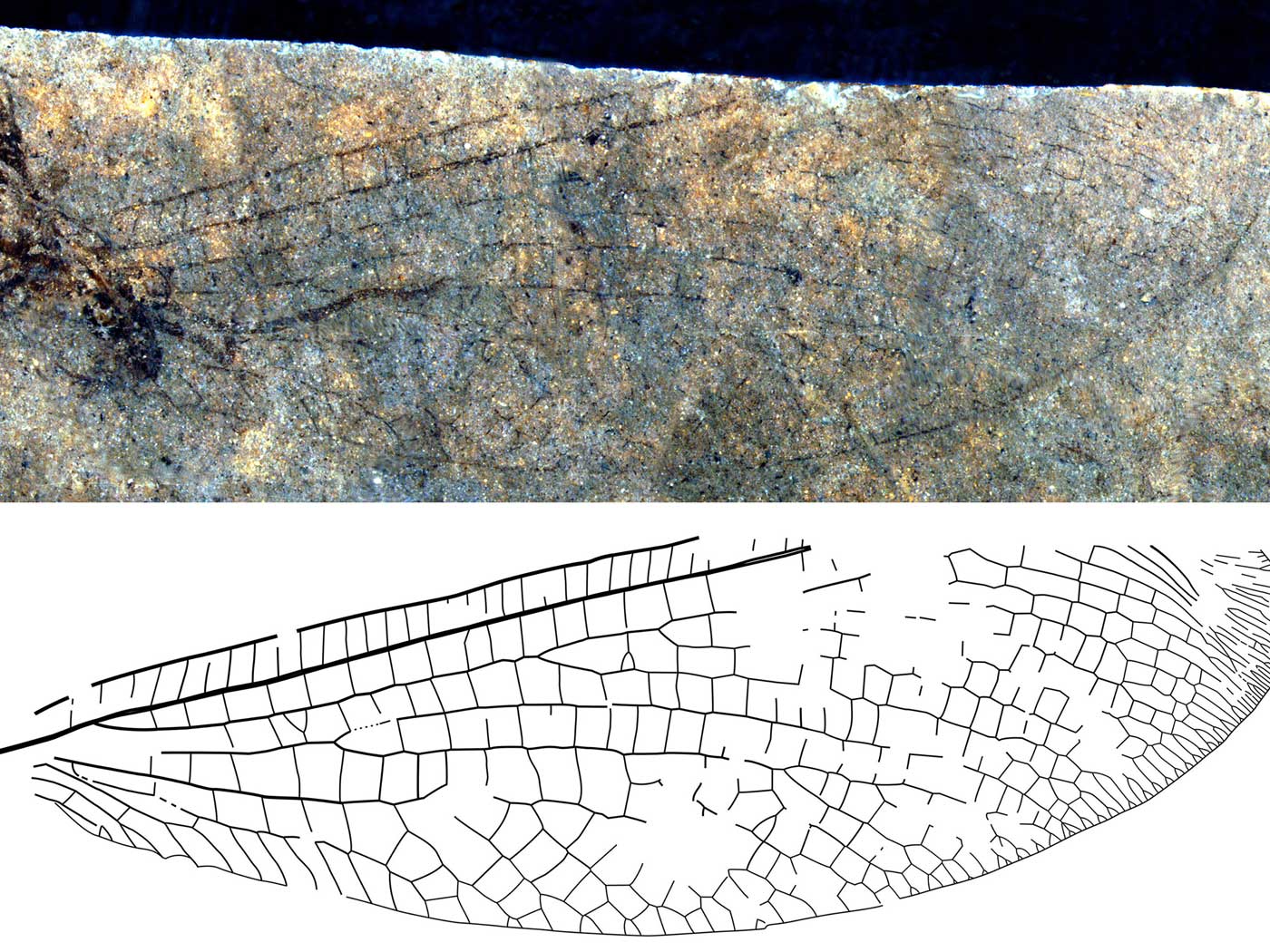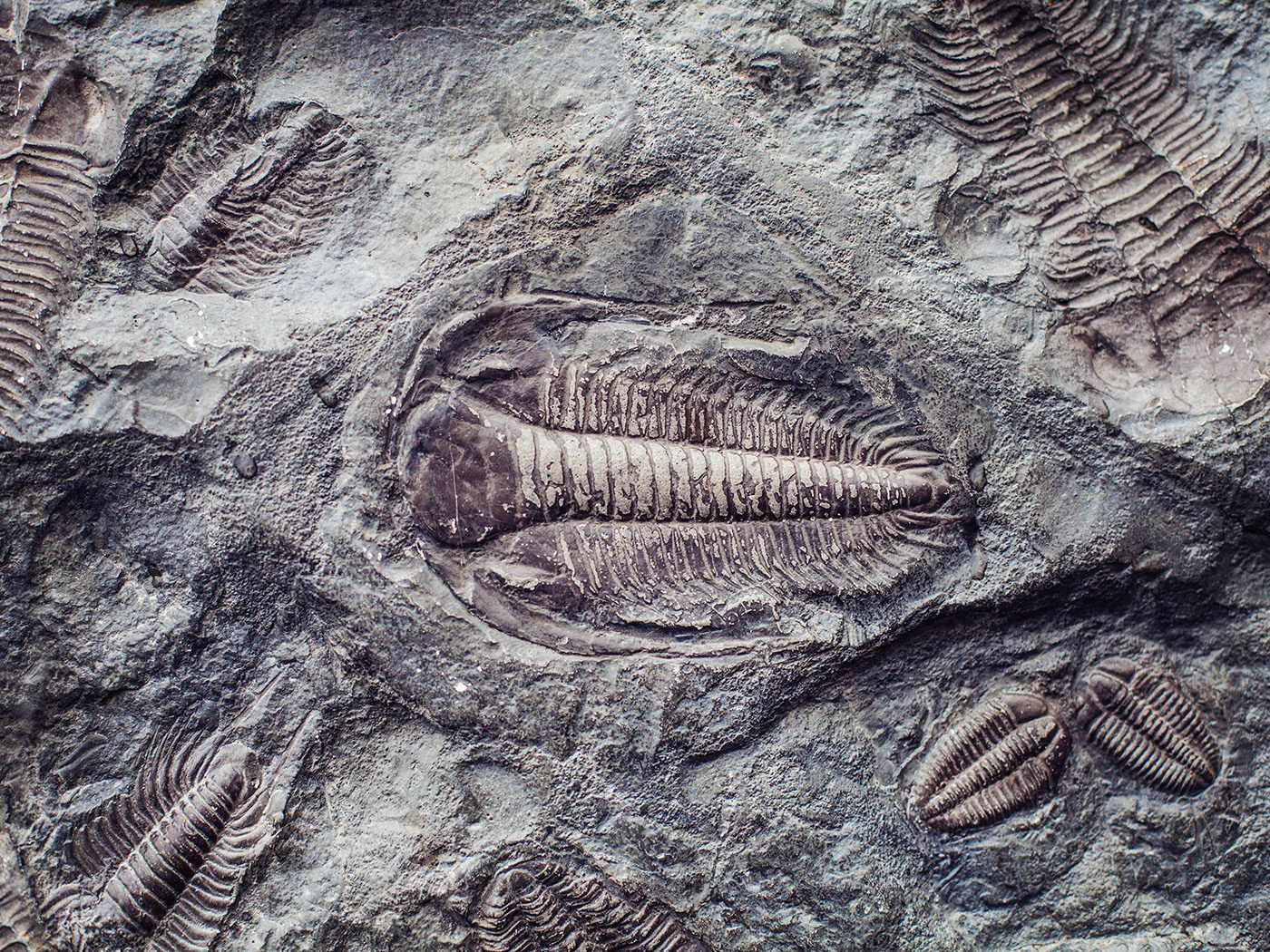They suggest millions of years ago marine mammals evolved from land mammals called even-toed ungulates (artiodactyls) and are related to the tiny mouse-deer (Chevrotains)! The required series of fossil creatures that would connect the two vastly different animals have yet to be found.
Indeed, what paleontologists have recently unearthed are simply more of the same – dolphins. But where they were found is interesting to say the least: landlocked Switzerland.1 Evolutionists think “21–17 million years ago” two previously unknown species of dolphins swam in an ocean in the “Mittelland” (Swiss Plateau region) as well as other aquatic creatures. “Switzerland at that time was part of an island landscape populated by fish, sharks and dolphins, with mussels and sea urchins on the seabed” said University of Zurich paleontologist Dr. Gabriel Aguirre-Fernández.2
How did this 100-m-thick sequence of fossil-bearing sediments (called the Upper Marine Molasse) form in what is now Switzerland? Fossil-bearing sediments are laid down by running water, such as what one would expect from a large flood.3 In addition, the catastrophic burial had to be rapid, preserving even the delicate parts of the animal, such as parts of the skull and inner ear.
Zoologists focused on fossilized bone containing the inner ear called periotics that aids in taxonomic information. The periotics were found in the Upper Marine Molasse, and the scientists used micro-computed tomography (high-resolution assessments) in their analysis. Dr. Aguirre stated
“Thanks to micro-computed tomography, we were able to reconstruct the softer organs around the hard ear bones to create 3D models of the ears. This helped us better analyze the dolphins’ hearing ability.”2
This procedure did nothing to further evolution of course, but it did help to, “. . . identify two families of dolphins previously unknown in Switzerland”2 and helped scientists to better understand how dolphins can hear under water.
Common aquatic creatures rapidly entombed and preserved in landlocked Switzerland has all the earmarks of the global flood destroying the earth about 4,500 years ago recorded in Genesis.
References
1. Aguirre-Fernández, G. et al. First records of extinct kentriodontid and squalodelphinid dolphins from the Upper Marine Molasse (Burdigalian age) of Switzerland and a reappraisal of the Swiss cetacean fauna. PeerJ. Posted on peerj.com May 16, 2022, accessed May 24, 2022.
2. Lazaro, E. 20-Million-Year-Old Fossils Reveal Two New Cetacean Species. Sci-news. Posted on sci-news.com May 19, 2022, accessed May 24, 2022.
3. Morris, J. and F. Sherwin. 2010. The Fossil Record: unearthing nature’s history of life. Dallas, Texas: Institute for Creation Research, Chapter 5.
*Dr. Sherwin is Research Scientist at the Institute for Creation Research. He earned an M.A. in zoology from the University of Northern Colorado and received an Honorary Doctorate of Science from Pensacola Christian College.



















